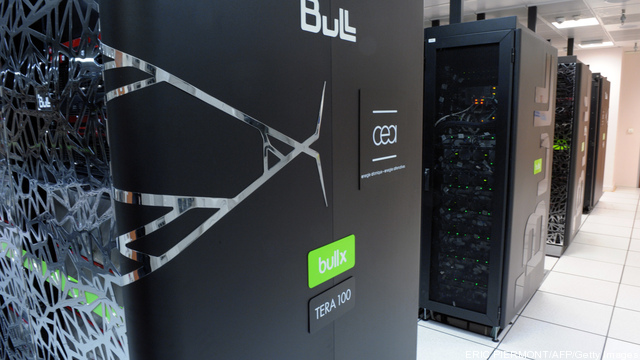
Reliability has long been the most important element of operations to electricity generators and providers; the modern economy has been built around it. But as new technology evolves rapidly in management of energy consumption and both financial and regulatory limits remain on a comprehensive rebuild of the US electricity industry, the sector has found itself stuck mid-disruption.
A belief that smart meter installation would somehow finish the job of making any utility a connected, operationally forward-thinking powerhouse has been proved wrong by the substantial number of smart meter installations that have failed to alter any part of traditional utilities’ businesses (in many cases data is not even collected, or if collected isn’t acted on). The inability of all the different pieces of the energy system to “speak” to each other electronically has in many cases made traditional reliability practices futile, while not quite bringing the new reliability systems into full practice. Keep reading →








